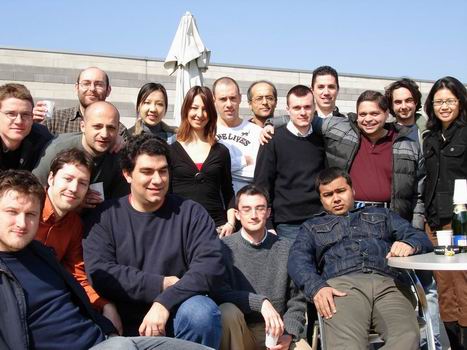 Che s p e t t a c o l o. Solo questo vale i soldi del biglietto...x gli States.
Che s p e t t a c o l o. Solo questo vale i soldi del biglietto...x gli States.What the wonder is it ?!








 All'inizio del sentiero che scende dentro al canyon labirintico formato dagli hoodoos un cartello ricorda che il percorso è molto scosceso, si raccomandano gli stivali (non certo i miei sandali...) e che qui è facile che ti cadino rocce in testa. Più avanti un altro cartello diceva che oltre quel punto c'era un serio pericolo di morte e la scelta di proseguire sarebbe equivalso ad un'assunzione di responsabilità.
All'inizio del sentiero che scende dentro al canyon labirintico formato dagli hoodoos un cartello ricorda che il percorso è molto scosceso, si raccomandano gli stivali (non certo i miei sandali...) e che qui è facile che ti cadino rocce in testa. Più avanti un altro cartello diceva che oltre quel punto c'era un serio pericolo di morte e la scelta di proseguire sarebbe equivalso ad un'assunzione di responsabilità.At the beginning of the path taking to the bottom of the canyon there were a couple of signs giving warnings. The one not reported here said that going behind it would have been dangerous for your life and everyone should have taken his own responsibilities in case of going past it.

Veduta dall'alto del sentiero che scende nel cuore del canyon.
Outlook of the path we follow to reach the bottom of the canyon.



Questo pino giallo ponderosa, fotografato da due diverse prospettive, stava proprio in fondo al canyon, chissà quanti anni ci ha messo per superare queste pareti rocciose alte più di 40 metri.
Above are pictures of a ponderosa pine taken from two different angles. After many years of growth it succeeded in reaching the top of these pink/orange wall of rocks.






































